Since the advent of money, mankind in one form or another has been confronted with various crises directly related to this payment instrument. In the simplest version, they can be represented as too many, leading to a significant increase in prices. An alternative - very little money, because of which the population can not buy anything. The economic balance between the two options is an ideal state that is virtually unattainable. Nevertheless, it is to him that we must strive to make the country as effective as possible.
Definition
Economic equilibrium is a certain state of a country in which there is an absolute balance between financial and material flows, consumption and production, as well as available resources and how they are used. For example, 2 hectares of forest grows annually. To ensure human needs, it is precisely such an amount that is needed. As a result, everyone is happy, and the trees are not cut down beyond this norm, that is, their number does not decrease. The example is rather crude, but it helps to understand the general meaning. Unfortunately, modern society is such that the needs of the population always grow faster than the amount of additional resources. In such a situation, it is necessary to artificially limit the desires of the people, actively develop the state, or optimize the consumption process. The economic equilibrium as such is divided into two main theories: partial and general. Let's consider each of them in more detail.
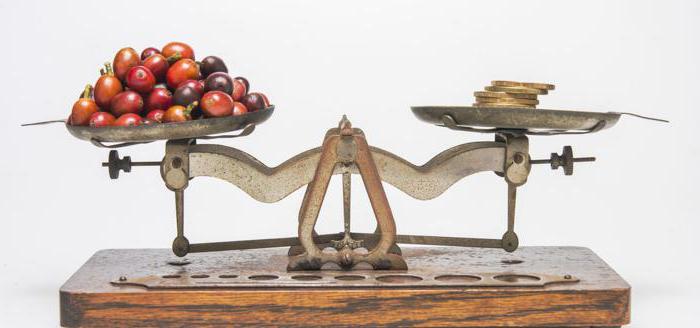
Partial equilibrium
It is such a system that is present in the vast majority of countries in the world. A partial theory of economic equilibrium focuses on the individual constituent elements of the state. That is, the balance must be present at least somewhere. For example, a balance of supply and demand, costs and income, consumption and production, as well as any other options, is possible. That is, it is understood that it is much easier to achieve the economic equilibrium of a company than, say, the entire concern. In principle, this is indeed so, and individual elements of a larger one are always easier to bring to a more or less ideal form than a single whole. But at the same time, a partial version does not give a decisive effect and can only be an intermediate link to achieve the final result.

General equilibrium
This theory already implies a complete balance in everything. This option of economic equilibrium includes the compliance of all components of the state. Briefly, all this can be characterized by four main points:
- Supply and demand in the markets of money, capital, labor and goods are fully balanced.
- The structure of consumption corresponds to production.
- All resources are used, sufficient unemployment is provided for staff rotation (not minimum, indicating a lack of specialists, but also not going through the roof, indicating a lack of jobs). Moreover, all reserves are used in the most optimal way possible.
- The economic opportunities of the country correspond to the existing goals of the state.
Separately, it must be said that equilibrium can be more difficult or easier to achieve depending on the model of state used. For example, in a closed economy, there is no need to worry about numerous external factors, import / export, exchange rates and many other elements.All of them are characteristic of an open version, which gives more opportunities for development and at the same time practically leaves no chance to achieve a balance.
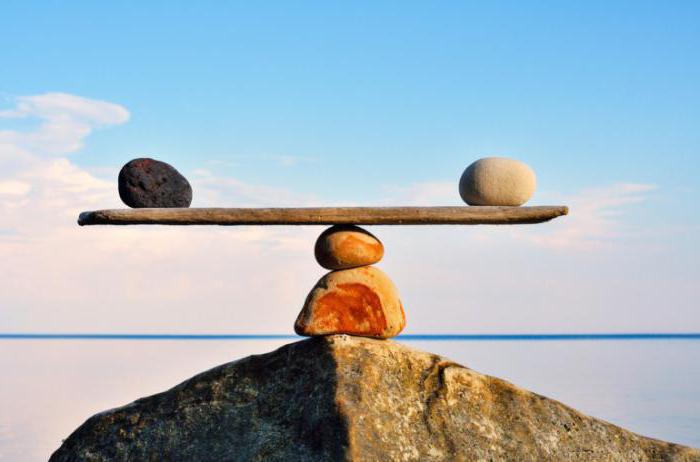
The Law of the Markets Model
This is the first attempt to formulate and concretize what the general economic equilibrium should look like. The famous economist J.-B. became his “parent” Say. The basis of this model is the postulate that the proposal by default creates a similar in size demand. That is, the cost of production is equal to the income from its sale in all cases without exception. Therefore:
- A man spends only his own money. He does not take loans and does not lend.
- Absolutely everything received in the process of labor is spent exclusively on payment for services or the purchase of material goods.
- The very essence of work and obtaining funds is important only within the framework of the need to receive the very benefits or services.
In real life, at least in modern society, all of the above is simply impossible. As a result, this model is absolutely untrue and is not applied now.

Model Marshall and Pigou
This system was proposed back in the 18th century. According to this model of economic equilibrium, the entire economic sector is divided into 2 groups: monetary and real. The leading place is given directly to the labor market, which maintains a stable equilibrium, because unemployment is absent as a class. When someone leaves, immediately there is a free place where he can return. Given the number of people, such a rotation implies the ability to transfer to another company, literally exchanging with a “colleague”. Thanks to this system, balance also arises in other areas. At the same time, both groups are not interconnected in any way, which allows making changes to the internal affairs of the country, but not touching its economy. As you can see from the description, such a model is also not too similar to the truth. Now also practically not used.
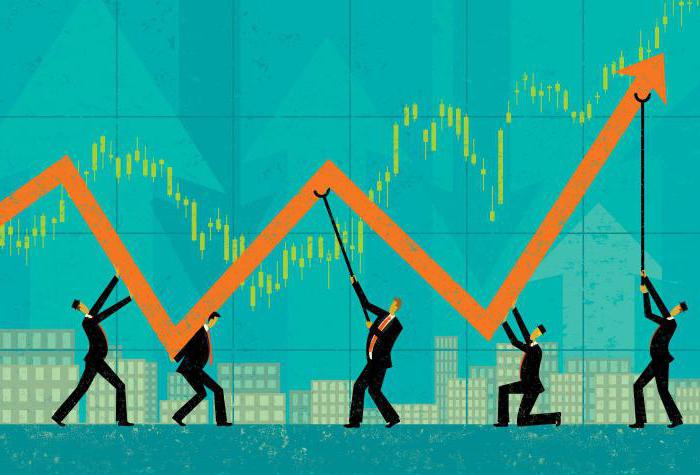
Keynesian model
It was proposed in 1936 and, in terms of logic, is much more elaborated. The Keynesian model of general economic equilibrium places great emphasis on demand, which is being formed simultaneously in the commodity and money markets. Within this system, there are so-called endogenous and exogenous factors. The former include income level, interest rates, prices and market demand. The second - export, costs and supply. If we take it as a basis, then we can draw the following conclusions:
- There is unemployment, but it is not evil, but a blessing that stems directly from the desire of people to save and save. In this case, they will not acquire what they could, and therefore it will not be produced. As a result, there will be idle workers who will go to the labor market.
- The state can and should intervene in the monetary sector, as it is directly related to the real.
- Rising prices will be present constantly, because it is the result of an increase in the mass of money, without which economic growth is impossible.
If you do not take into account government interference in the money sector, which many countries in the world try to avoid, the presented model looks quite realistic. That is why it is widely used to this day.
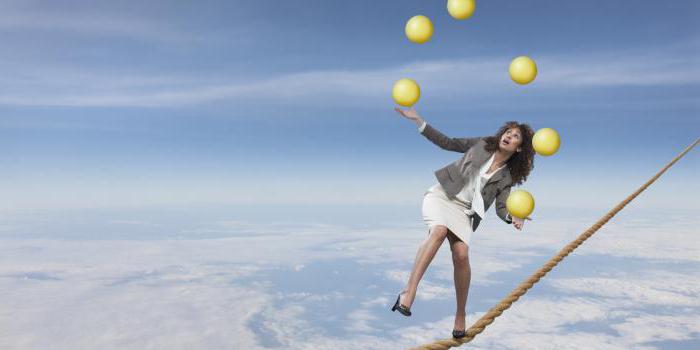
Karl Marx Model
The economic equilibrium of such a system is also quite effective. Its essence lies in the separation of commodities and means of production. In it, the price of products is balanced very optimally, but it also has a significant minus. Such a model can only be realized if there is perfect competition in which large corporations or concerns cannot exist. Or vice versa, it is only they that exist. If you make corrections for this feature, then you can use this system, since otherwise it is quite logical and reasonable.
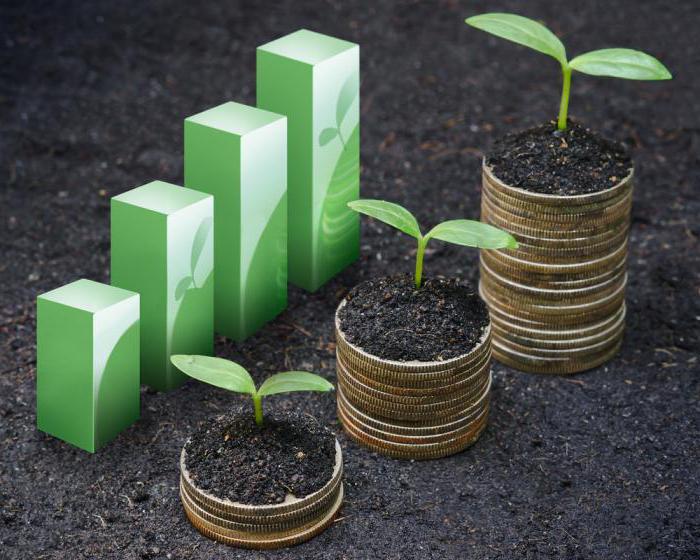
Conclusion
There are still a huge number of models of the equilibrium of the economic system, and each of them is adequate in its own way. Unfortunately, in an existing society there are too many variables, features, factors of influence of neighbors or other countries, fluctuations in exchange rates and many other elements. All of this taken together makes it impossible to create the only true system that would be suitable for any state. Because of this, until now, mankind has not been able to develop a more suitable economic theory that would allow the entire population of the planet to live better. The principles now used every year prove their inefficiency, and it is quite possible that in the near future we will expect another "revolution" in the field of economics. One can only hope that it will lead to the best, and not to the worst, as usual.